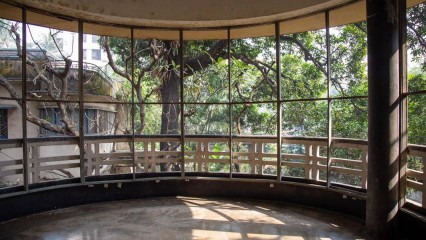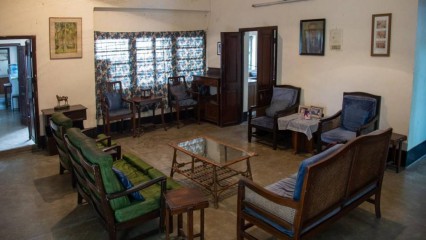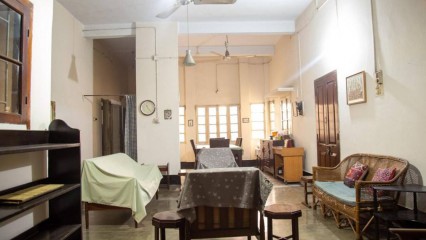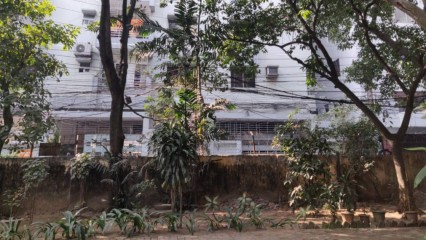The gate used to remain open at one point in time. On one occasion, a tea stall was set up just outside of the gate, on the main road. To make it easier for the tea stall owner to establish his spot, the owners decided to close the gate to provide a backdrop for the stall. Till date, the front side of the gate is serving as a space for economic activities of the low income people of the neighborhood.
[email protected]
Dhaka, Bangladesh

_small.jpg)
_small.jpg)




